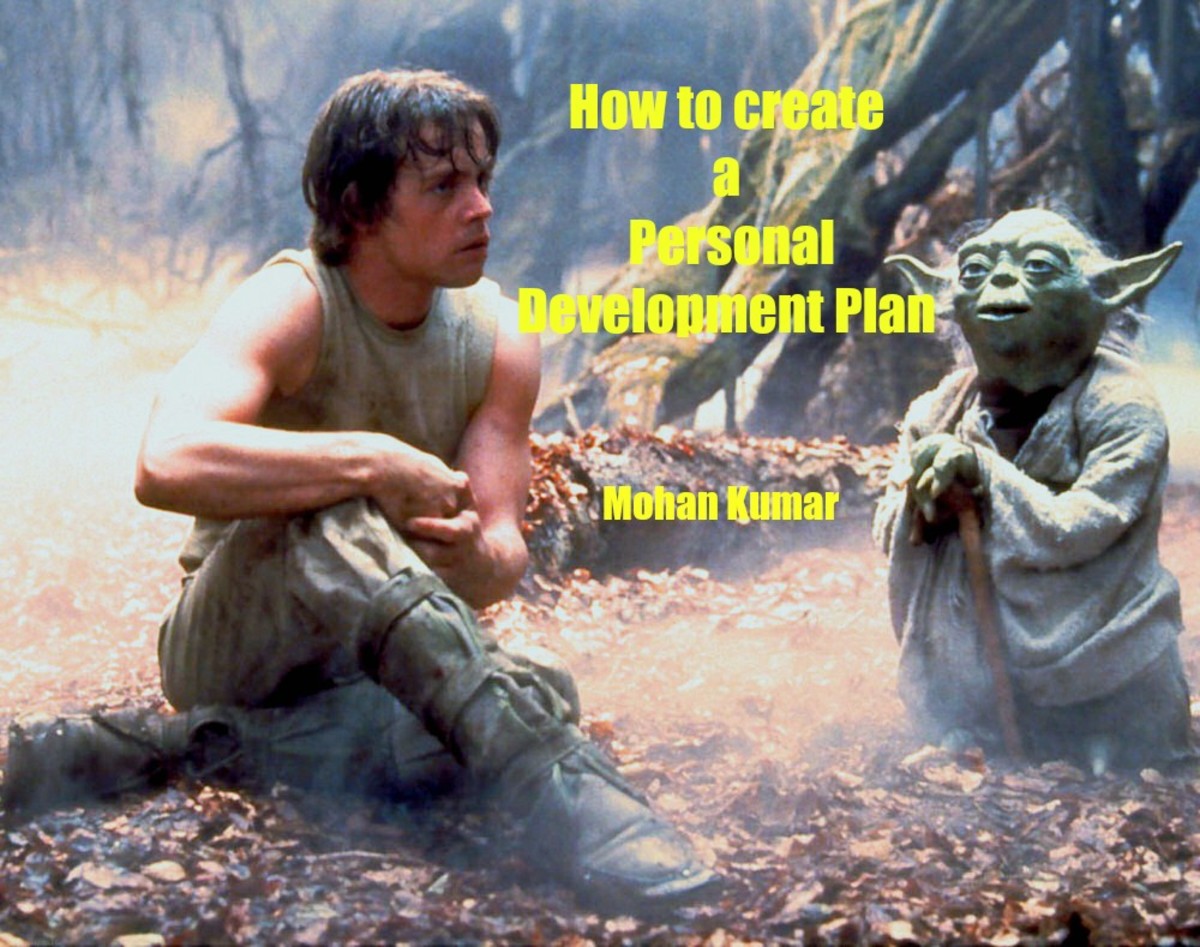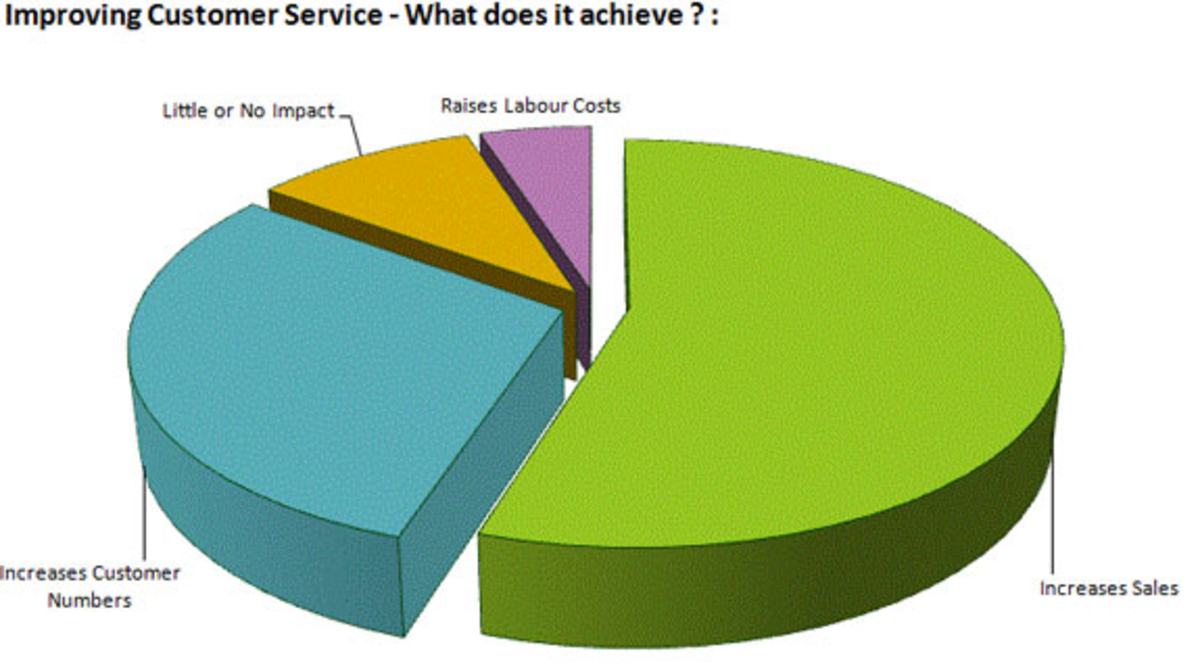Tendering - Plan ahead
"Strategic planning is worthless - unless there is a strategic vision"
John Naisbitt
Does your business plan for its tenders?
Do you have tender strategies in place?
Tendering: A journey
The tender process does not start when the request for tender (RFT) hits your inbox. By then, it’s often too late to react and submit a coherent and robust response. The successful business is one that plans ahead. When starting your enterprise you no doubt wrote a comprehensive business plan. Now is the time to dust it off and revisit it to help you with the first step in the tender process.
Know where you are headed
It is very important that, as an organisation, you are all agreed on the direction that your business is headed. What is it that you are trying to achieve? It all comes back to the relationship between your Vision and Mission statements. Your Vision is your goal of where you want to be in the future; your mission describes your present state and defines what you do, who for and how. The process I am talking about now is the road map of how you get from one to the other. To be sure about strategy execution, some companies will use a tool such as the Balanced Scorecard. While it is a method of measuring performance, the initial workshops developing the company strategy map forces participants to focus sharply on their objectives and the initiatives needed to reach them. Tendering becomes one of the strategies to achieve your goals.
Building relationships
Knowing the road you want to take gives you the opportunity to plan your itinerary; how many legs there are to the journey, where you want to stop along the way and who you turn to for help. Building the right relationships is a powerful tool. If you have identified who you would like to do work for then get to know them and, just as importantly, get them to know you. Find out what they want and need and take steps to grow your business in that direction. Take the time also to build relationships with organisations and individuals who can help you. Maybe they have capabilities you don’t and would be willing to partner with you on certain jobs. Employment Services providers, for example, will often work with Registered Training Organisations to help their clients gain vocational skills and qualifications. Or perhaps you can link with another party that has contacts that can help you in your role. In a recent government tender for the provision of Disability Employment Services, one critical requirement was to show how the tenderer would advocate the benefits of hiring someone with disability. One successful organisation was able to build relationships with a service club, health providers and business groups to demonstrate their involvement in the local community. Whatever the reason, having a network of relationships in place prior to release of the RFT will ease the stress at writing time and demonstrate your commitment to the task ahead.
Research
Understanding your market is an integral part of preparing a successful tender response. Potential clients, particularly government agencies, want to know what you know about the task at hand and the product users. Know all there is to know about your potential clients and their business. Visit their website; you can find out a great deal about what makes a company tick by looking at their vision, mission and values. See if you can find their annual report or company newsletters, these are often a good way of finding out what is important to them. If you are looking at targeting a specific service or product then research your competitors. Who are they, where are they and what do they do? Use this knowledge to develop a point of difference. Perhaps you are interested in moving to a particular location. Once again get to know the area. Who lives there, what do they do, what do they earn, what is it that the area needs most? Find out what businesses are in the area that might need you and what organisations are around that might be able to help you. Market intelligence is one of your most powerful tools but make sure you continually revisit it; it goes out of date very quickly.
Build Capability and Capacity
By knowing your potential clients you can start to get an understanding of the capabilities they are looking for. This allows you the opportunity, before the RFT is released, to gain the skills and knowledge you need to submit a competitive response. This can be achieved by either training your existing staff or recruiting suitable new employees. Recruitment has the added bonus of new staff possibly bringing with them a good reputation and contacts in the industry. You may need to purchase different software or equipment; doing this early allows you to gain proficiency and experience and demonstrates your commitment. One question often asked in an RFT is ‘how will your organisation cope with the extra workload. Do you have the capacity to fulfil your existing contracts and ours at the same time?’ By asking yourself this question early you can consider your options and put strategies in place. Recruiting people in anticipation is a risky business that causes many CFOs to have nightmares. This is where the relationships you have built may come in handy; having ties with a labour hire company could give you a ready workforce on tap. Perhaps this is an opportunity to demonstrate your innovative side and introduce new techniques with greater productivity. Addressing capability and capacity early will help mitigate the risks involved with hurried and poorly thought out solutions.
Further Reading
- The Tendering Life-cycle
A suggested sequence of steps a business should take to help it decide what opportunities to tender for. - Tender Response Project Management
This hub looks at writing a tender response in terms of the the three key drivers for project management; quality, budget and schedule.
In Short...
I cannot stress enough the importance of proper planning when approaching the business of tendering. As I have stated in other hubs, think of it in terms of project management. Create a plan, assign someone to manage it and ensure that every stakeholder in your organisation accepts ownership.









